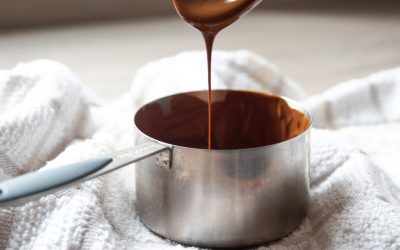Egg wash is a crucial element in baking, especially in the production of pastries. Egg wash is made mainly from beaten egg, but other things can be added too depending on the desired finish. The most common things added to egg wash are water or milk. Using milk instead of water will produce a darker finish to the product, so it is always good to be aware of this when using egg wash for pastries, pies or breads.
To produce egg wash, break the egg into a bowl and beat it well with a fork. Then add a few tablespoons of liquid per egg and possibly a pinch of salt if desired. Mix in well, and then brush gently over the top of the product, ready for baking.
The role of the egg wash is very simple, and it will be brushed onto the top of the product before baking to give the finished product a shine and colour, whilst also acting as a seal to hold the edges of folded products together. Egg wash produces the browner colour on products because of the protein within the egg, which browns due to the Maillard reaction, the process by which proteins and sugars react together under heat to produce the darkened colour as well as a more complex flavour profile.
When using egg wash it is worth considering that it is made with raw egg, so should never be used on any items that are not going to be baked after application. You should also make sure to wash everything thoroughly after using it for egg wash, to prevent the risk of cross-contamination of bacteria. A silicone brush is easier to keep clean than a bristled brush, as the silicone bristles will not be affected by the coagulation of the egg, as they are easier to clean effectively.


